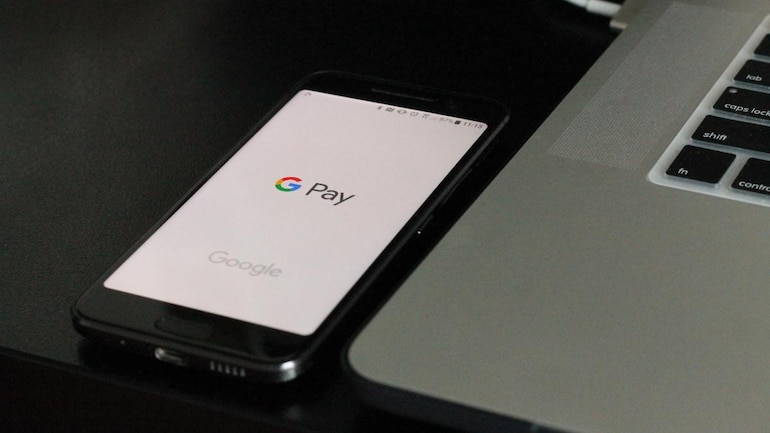There is uplifting news for the large numbers of individuals who use UPI to make online payments and other digital transactions. Payments can now be made over UPI utilizing Visas notwithstanding bank accounts and current records.
RuPay credit cards can now be utilized to make installments over UPI by filtering the QR code. Clients of the RuPay Visa will actually want to helpfully make payments in Pos machines with the presentation of this element without swiping or tap their card.
Clients of these three banks to benefit from the beginning:
Shaktikanta Das, legislative head of the Reserve Bank, presented this facility on Tuesday. Most authorities on the matter would agree, the Reserve Bank’s facility may possibly support the credit market by a variable of up to multiple times. At the present time, clients of Punjab National Bank, Association Bank of India, and Indian Bank will be quick to avail this choice.
Specialists guess that credit Card, Visa, and Rupay cards would all before long have the option to make payments over UPI. At the launch of the new facility, Infosys non-leader executive Nandan Nilekani expressed that the RBI has turned into a worldwide trailblazer in combining guideline with development.
RBI advancing digital payments
To energize digitalmpayments, the Hold Bank (RBI) keeps on making enhancements. Following the June MPC meeting (RBI MPC Meet June 2022), the National Bank declared that credit cards can now be connected to UPI to make payments. At the point when Mastercard installments opened up on the UPI organization, then, at that point RBI Lead representative Shaktikanta Das guaranteed that clients will have a bigger number of choices than previously.
These clients may likewise benefit:
Governor Das did, in any case, explain that RuPay Mastercard will be the main credit card to be connected to UPI. Most of clients will not as of now approach the choice to make credit card installments utilizing UPI on the grounds that credit card and Visa right now control most of the credit card market.
At the present time, just the people who have a RuPay Visa will approach this facility. Kindly educate us regarding the banks that currently offer RuPay Visas and how to interface the Visa to UPI.
These banks are giving RuPay Visas:
State Bank of India
The “Shaurya SBI RuPay Card” and “Shaurya Select SBI RuPay Card” are accessible from SBI.
Punjab National Bank
PNB likewise gives two RuPay Visas. Punjab National Bank PNB RuPay Select Card and PNB Platinum RuPay Card are what they are called.
Bank of Baroda
The Bank of Baroda Simple RuPay Visa and the Bank of Baroda Chief RuPay Mastercard are two more RuPay credit cards presented by this state-run bank.
IDBI Bank
There is an IDBI Rewards RuPay Select Card accessible from IDBI Bank.
Union Bank of India
Two cards are presented by this bank; Union Platinum RuPay Card and Association Select RuPay Card.
Saraswat Bank
Platinum RuPay Card from Saraswat Bank.
Federal Bank
RuPay Seal credit card from Feder Bank.
The most effective method to interface a credit card to a UPI:
Stage 1: Open the UPI payment application first.
Stage 2: Select the profile photograph.
Stage 3: Select Payment Settings from the menu.
Stage 4: Decide to Add Credit/Check Card from the menu.
Stage 5: Enter the card’s number, which should be current, the CVV, the cardholder’s name and different subtleties.
Stage 6: Click the save button once all the data has been placed.
Stage 7: Thusly, credit card payments will be made.
Now that the Reserve Bank has offered this support, it will be feasible to make buys without utilizing a credit card. The credit card should be associated with UPI first for this. From that point forward, you can pay by basically examining the QR code.
You will have the decision of utilizing a credit or debit card to make the payment while making it. A UPI application will send an OTP to your enrolled mobile number when you start the payment. The payment will be done once the OTP has been placed.
This will improve on things for the individuals who sporadically take cash from ATMs or move assets from their credit cards to accounts. Individuals are expected to cover extra assessment and credit payments in both of these cases.

























